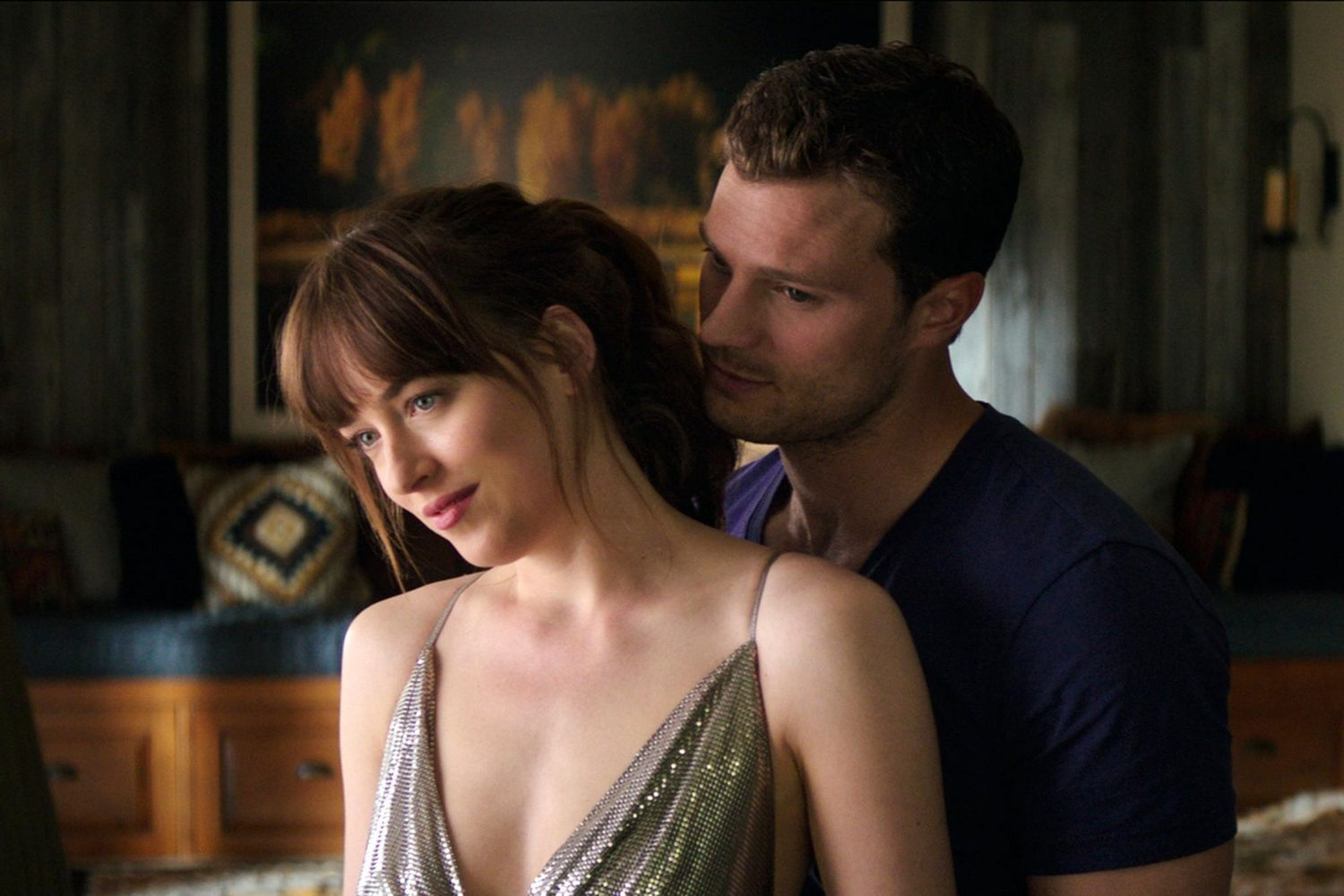
When Fifty Shades of Grey hit theaters in 2015, it sparked a whirlwind of opinions. Some hailed it as a bold exploration of sexuality, while others dismissed it as a poorly executed romance. But was the movie really that bad? In this article, we’ll dissect the film, its themes, and the reactions it garnered, aiming to provide a balanced perspective on this controversial adaptation of E.L. James’ bestselling novel.
H2: The Premise of Fifty Shades of Grey
At its core, Fifty Shades of Grey tells the story of Anastasia Steele, a college graduate who becomes entangled in a complex relationship with the enigmatic billionaire Christian Grey. The film explores themes of love, power dynamics, and sexual exploration, all wrapped in a glossy package that attracted millions to theaters.
H3: The Source Material: A Double-Edged Sword
E.L. James’ novel was a cultural phenomenon, selling millions of copies worldwide. However, the book’s portrayal of BDSM and romantic relationships raised eyebrows. Critics argued that it romanticized unhealthy dynamics, while fans praised its boldness. The film adaptation faced the daunting task of translating this controversial narrative to the screen.
H2: The Cast: A Mixed Bag of Talent
H3: Dakota Johnson as Anastasia Steele
Dakota Johnson’s portrayal of Anastasia was met with mixed reviews. Some viewers appreciated her ability to bring depth to a character that could easily have been one-dimensional. Others felt her performance lacked the necessary emotional range to convey the complexities of Anastasia’s journey.
H3: Jamie Dornan as Christian Grey
Jamie Dornan’s performance as Christian Grey was equally polarizing. While some fans found him charming and enigmatic, others criticized his portrayal as lacking the intensity and charisma that the character demanded. The chemistry between Johnson and Dornan was a focal point of discussion, with opinions varying widely.
H2: Direction and Cinematography: A Visual Feast or a Flop?
H3: Sam Taylor-Johnson’s Directorial Choices
Director Sam Taylor-Johnson faced the challenge of balancing the film’s erotic elements with its romantic storyline. Some praised her ability to create visually stunning scenes, while others felt the direction fell flat, failing to capture the book’s essence. The film’s aesthetic, however, was undeniably appealing, with lavish sets and stylish cinematography.
H3: The Soundtrack: A Highlight or a Distraction?
The film’s soundtrack, featuring artists like The Weeknd and Ellie Goulding, received acclaim for enhancing the film’s mood. However, some critics argued that it overshadowed the narrative, turning pivotal moments into music video sequences rather than genuine emotional experiences.
H2: Themes and Messages: What Was the Film Really About?
H3: Love and Power Dynamics
One of the most contentious aspects of Fifty Shades of Grey is its portrayal of power dynamics in relationships. While some viewers saw it as a bold exploration of consensual BDSM, others criticized it for glamorizing manipulation and control. The film’s handling of consent and boundaries sparked significant debate, raising questions about its impact on societal perceptions of relationships.
H3: Sexual Exploration and Empowerment
The film aimed to present sexual exploration as a form of empowerment. However, the execution left many feeling uncomfortable. Critics argued that the narrative often blurred the lines between empowerment and exploitation, leading to mixed messages about sexuality and autonomy.
H2: Audience Reception: Love It or Hate It?
H3: Box Office Success vs. Critical Acclaim
Despite the polarized reviews, Fifty Shades of Grey was a box office success, grossing over $570 million worldwide. This financial triumph suggests that, regardless of critical reception, the film resonated with a significant audience. But does box office success equate to quality? That’s a question worth pondering.
H3: Social Media Buzz: A Double-Edged Sword
The film generated a massive amount of social media chatter, with fans passionately defending it and critics vehemently opposing it. This online discourse often overshadowed the film itself, turning it into a cultural touchstone rather than just a movie.
